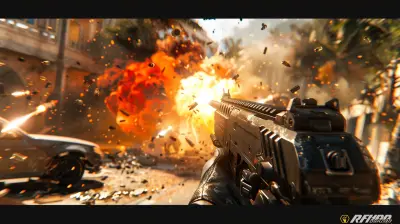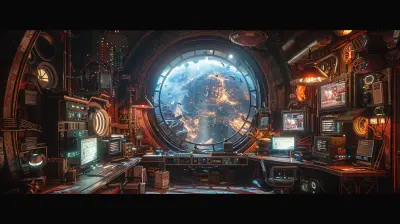Best Platforming Mechanics That Make or Break a Game
30 September 2025
Platformers are like the comfort food of gaming — they’re familiar, nostalgic, and incredibly satisfying when done right. But here’s the thing: not all platformers are created equal. You might have killer graphics or a catchy soundtrack, but if the core mechanics aren't on point? You’re toast.
Platforming mechanics are the beating heart of any game in the genre. They determine how smooth a jump feels, how tight the controls are, and whether falling into a pit makes you laugh or rage-quit. So let's break down the best platforming mechanics that either seal the deal or sink the whole ship.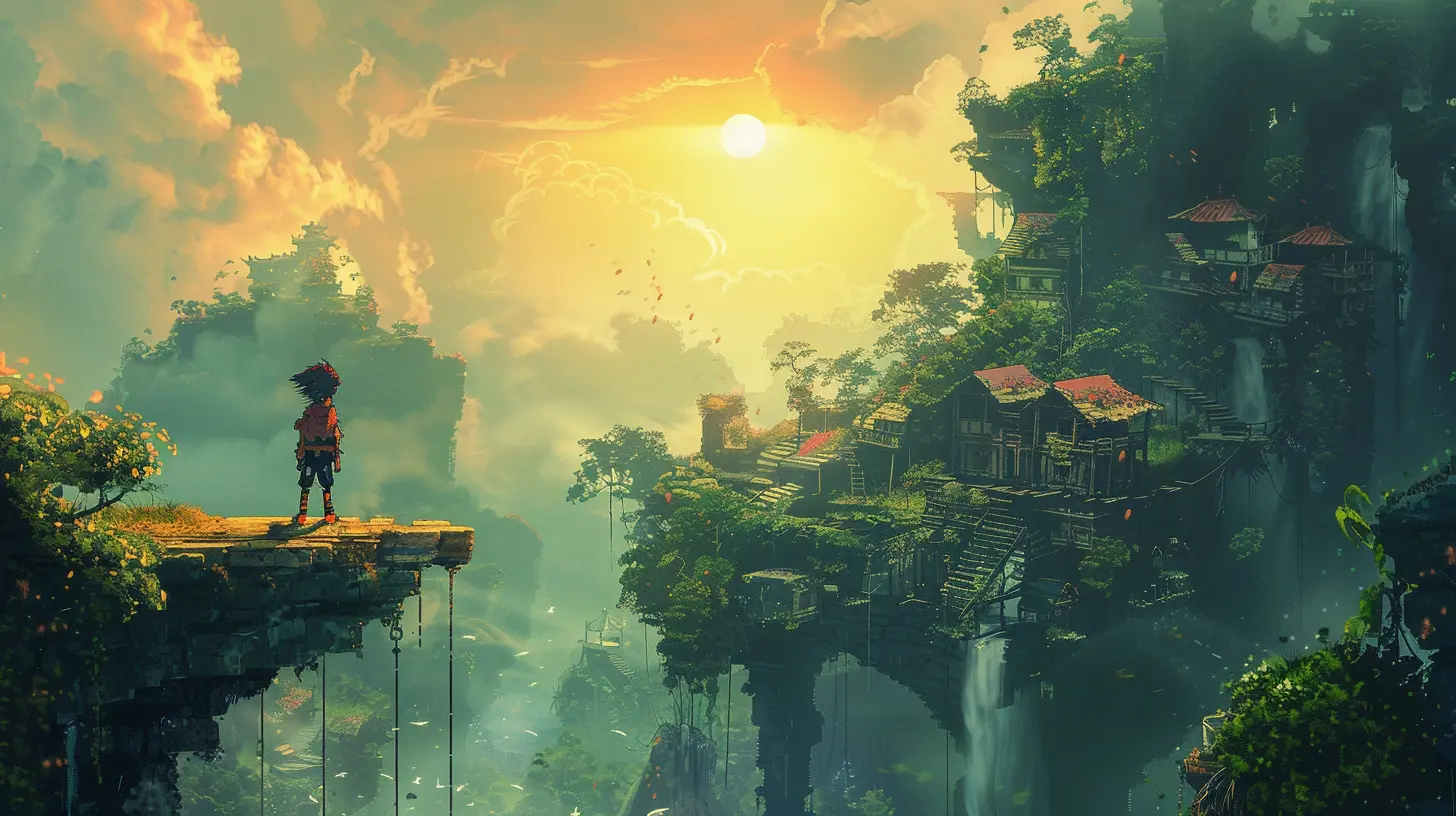
Why Platforming Mechanics Matter So Much
Before we dive in, it's worth asking — why the fuss over mechanics? Can’t a great storyline or cool characters carry a platformer?Well, not really.
Platformers are all about movement. If the movement sucks, everything else suffers. Imagine trying to make pixel-perfect jumps with floaty controls or slippery character movement. It’s like trying to write a love letter with oven mitts on — frustrating and wildly ineffective.
So, good platforming comes down to how a game feels to play. It’s that gut reaction when you nail a tricky jump or pull off an acrobatic combo. Let’s look at the mechanics that make all the difference.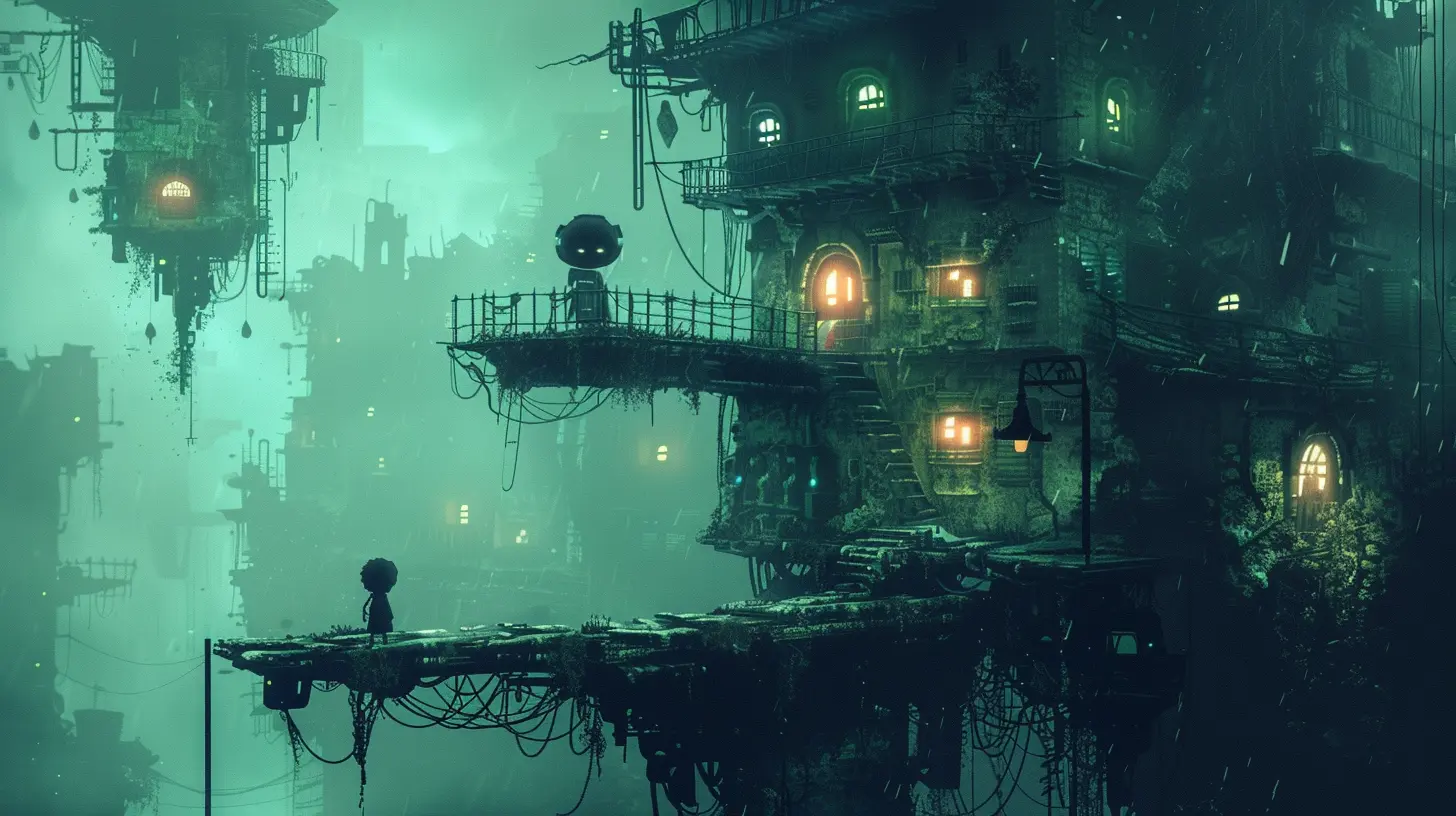
1. Tight and Responsive Controls
This is non-negotiable. If your character controls like a bar of soap on ice, no one’s having fun.Think of classics like Super Mario Bros. or Celeste. Every jump, every dash — it all feels precise. You miss a jump? Totally your fault. That’s what makes it addictive.
✅ What Makes It Work:
- Snappy input response
- Predictable physics
- No input lag, even by a millisecond
❌ What Breaks It:
- Sluggish movement
- Delayed response after pressing buttons
- Characters that feel like they're "on rails" rather than in your control
A platformer lives and dies by its controls. It's like trying to play a guitar with strings made of spaghetti — sounds cool in theory, but it just doesn't work.
2. Jump Physics That Just Feel Right
Let’s be real: the jump is your bread and butter. It needs to feel weighty, but not restrictive. It’s a tricky balance to nail.In Hollow Knight, the jump feels floaty but precise — you get plenty of air, but you never feel out of control. Meanwhile, Cuphead uses tighter, more arcade-style jumps that fit its fast pace perfectly.
📌 Tips for Great Jumping:
- Variable jump height (press longer = jump higher)
- Clear animation cues
- Consistent arc with physics that make sense
Games with poor jump physics feel like you're jumping in a dream where gravity changes every second — and not in a good way.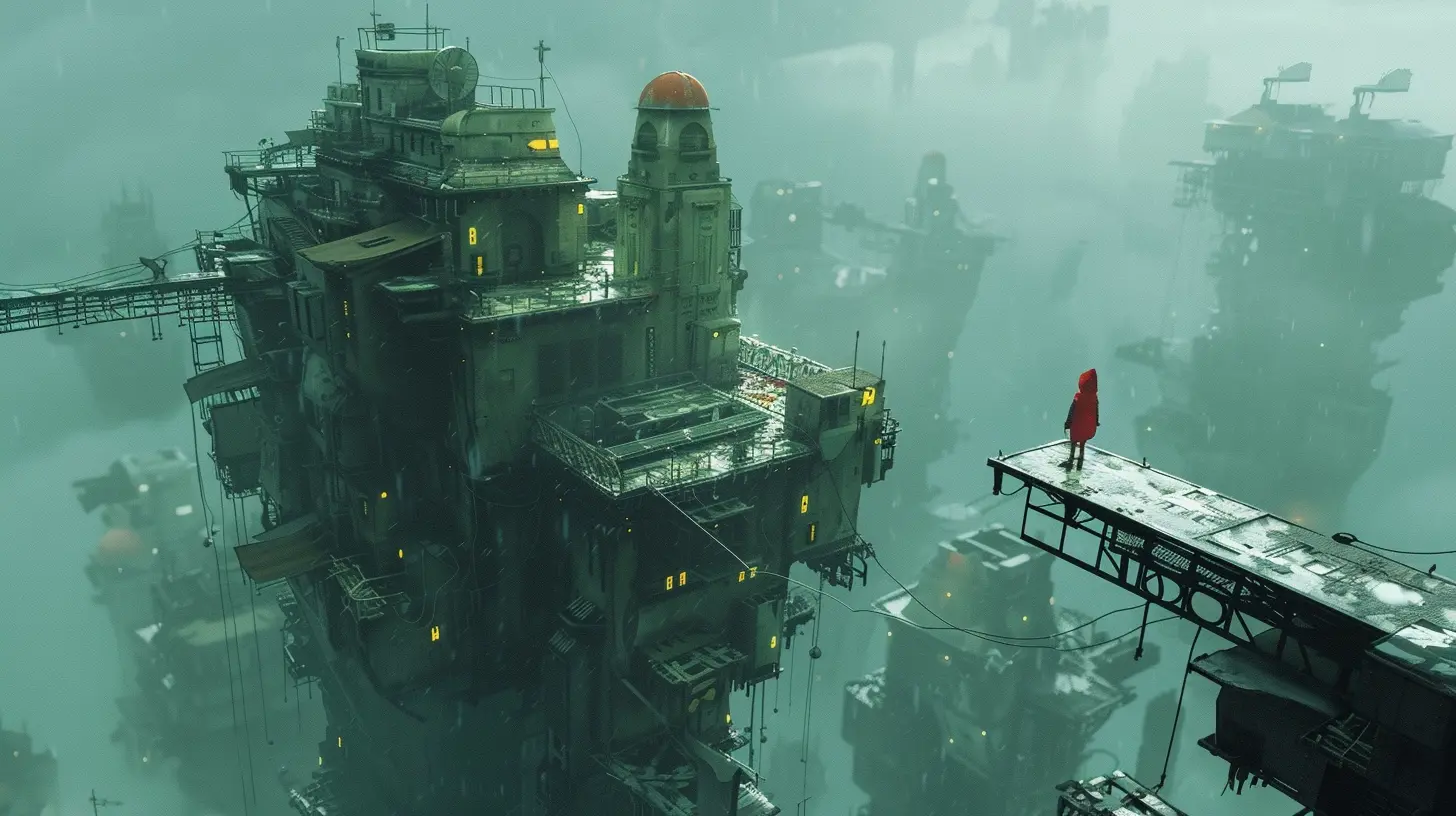
3. Double Jumping (When Done Right)
Ah, the double jump. It's almost a rite of passage in platformers, but it can be overused or poorly executed.Good double jumps add freedom and verticality. They let you correct mid-air mistakes or reach new areas. But if they feel floaty or glitchy? Total buzzkill.
🎮 Games That Nail It:
- Ori and the Blind Forest – precise, fluid double jumps
- Guacamelee! – combines it with wall-jumping for extra flair
🛑 What to Avoid:
- Double jumps that feel tacked-on or inconsistent
- Visuals that don’t match the jump timing (hello, confusion!)
Used smartly, a double jump can turn a standard platformer into a skill-based playground.
4. Wall Sliding and Wall Jumping
Wall mechanics can make movement feel dynamic and give players room for creativity. But they can also be janky as hell if done wrong.In Celeste, wall climbing and jumping are buttery smooth, encouraging exploration and quick reactions. On the flip side, games with slippery or sticky wall jumps turn platforming into a chore.
✅ Must-Haves:
- Clear visual/audio feedback when touching the wall
- Consistent push-off distance
- Smooth transition from sliding to jumping
Slapping your character against a wall and praying for a successful jump? That ain’t it.
5. Dash Mechanics
Dashes can totally change how a platformer feels. They add speed, flow, and the potential for crazy combos.Games like Dead Cells and Celeste use dashes to keep momentum high and gameplay addictive. A well-timed dash feels like hitting turbo on a racecar — short, sweet, and super satisfying.
🚀 Dash Dos:
- Allow aerial and ground dashing
- Enough cooldown to avoid spamming, but not too punishing
- Visual effect to show dash path or impact
🚫 Dash Don’ts:
- Dash that ends with no animation — confusing!
- No direction control — feels like shooting a Nerf gun in the dark
Used creatively, dashing can give players a sense of mastery and speed that’s hard to beat.
6. Momentum-Based Movement
Some platformers take a more physics-driven approach. Momentum becomes your best friend — or worst enemy.Donkey Kong Country is a great example. Roll-jumps let you leap farther by chaining movement. It rewards players who master timing and rhythm.
🎯 What Works:
- Boosts for chaining movements successfully
- Gradual acceleration/deceleration
- Momentum that rewards flow
🧱 What Doesn’t:
- Clunky transitions from stop to go
- Random speed bursts
- Minimal visual feedback
Momentum mechanics can make your game feel like a dance, but if poorly executed, it turns into a clumsy stumble.
7. Climbing and Ledge Grabbing
Adding vertical movement opens up level design in awesome ways — but only if climbing and ledge grabbing feel natural.In Celeste, holding onto ledges is a main mechanic. You can’t just hang there forever; stamina runs out. This adds tension and urgency without making it feel unfair.
🧗♂️ Key Features:
- Smooth latch onto edges
- Clear visual grip indicator
- Ability to climb up or jump off
🤦♂️ Pitfalls:
- Sticky ledges that “grab” without precision
- No control over ledge-cancel or movement
Always make sure the player feels in control, not like the game's doing the work for them.
8. Level Design That Complements Mechanics
All the great movement in the world means nothing if the levels are bland or unfair. Level design and mechanics go hand-in-hand, like peanut butter and jelly.A well-designed level teaches players how to use mechanics without a boring tutorial. Think about Super Meat Boy — each level ramps up difficulty while reinforcing what you've already mastered.
👏 Effective Level Design:
- Builds on mechanics gradually
- Adds creative challenges using known tools
- Smart checkpoint placement
😖 Mistakes to Avoid:
- Gotcha traps or hazards you couldn't possibly predict
- Repetitive layout with no new challenges
- Invisible or unclear hitboxes
A good platformer level makes you think, “Just one more try,” while a bad one makes you scream into a pillow.
9. Power-Ups That Add Variety (and Control)
Power-ups can breathe life into a platformer if used to enhance — not replace — core mechanics.In Rayman Legends, different costumes and powers keep the experience fresh. But they’re always an extension of the main movement system — not a total replacement.
🔋 What Makes Power-Ups Work:
- Temporary or situational boosts
- Expands exploration potential
- Enhances player control or creativity
👎 Avoid This:
- Overpowered boosts that remove challenge
- One-size-fits-all solutions that make other mechanics irrelevant
Think of power-ups like hot sauce — a little kick is great, but dump it all on and you ruin the dish.
10. Consistency Is King
Platforms, enemies, and mechanics should behave the same way every time. Inconsistent rules break immersion and frustrate players.Your character should always jump the same height, your dash should cover the same distance, and spike traps should always kill — no surprises.
🔄 Why Consistency Matters:
- Builds trust between player and game
- Helps develop muscle memory
- Makes learning and improving possible
Flexibility is fun. Randomness? Not so much.
Wrapping It Up: Great Mechanics = Great Platforming
At the end of the day, a platformer lives in the moment-to-moment gameplay. That feeling of perfectly nailing a tricky jump or chaining moves like a pro — that’s the magic.So if you’re building a platformer or just love the genre, pay close attention to how movement feels. It’s the difference between a game you can’t put down… and one you uninstall after five minutes.
Whether it’s tight jumps, fluid dashes, or genius level design, it’s the mechanics that make a platformer memorable — not just pretty graphics or quirky characters.
So next time you pick up a new platformer, ask yourself: how does it feel to move?
If the answer is “awesome,” you’ve probably got a winner.
all images in this post were generated using AI tools
Category:
Platformer GamesAuthor:

Aurora Sharpe
Discussion
rate this article
1 comments
Zane Jordan
Platforming mechanics are the heartbeat of any great game. Precision, fluidity, and innovative design distinguish the classics from the forgettable. Titles that master these elements not only captivate players but elevate their experience. Let’s celebrate the mechanics that define genres and keep us coming back for more. Game on!
October 7, 2025 at 4:03 PM

Aurora Sharpe
Absolutely! Effective platforming mechanics truly define a game's quality and player engagement. It's fascinating to see how precision and creativity can create memorable experiences. Game on!

